|
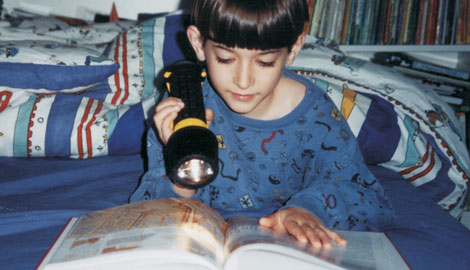
For the Love of Reading
By Ann Lloyd
“Sit like a butterfly,” calls Mrs. Smith as each child assumes their place on the carpet for reading. “Can everyone flap their wings?” The children obediently begin raising and lowering their knees from their Indian-style sitting positions. “Good, now lets begin. Whose turn is it to read first today?”
A typical day in a typical first grade classroom. In schools everywhere, teachers like Mrs. Smith work diligently to help students develop a passion for reading. They insist on segregated reading groups and utilize the latest materials. Yet despite their good intentions, many are actually teaching children to associate reading with embarrassment, humiliation and competition.
Well-meaning but perhaps not thinking, our schools consistently ask young students to perform in front of an audience that is often less than kind. Yet few teachers think to question the system. Instead they echo the familiar phrase: “We’ve done it that way for years.” It’s effective, it’s proven, it's research-based, it works. But does it work? Have we raised a nation of children who love to read? Children who routinely choose a good book over a television rerun?
Ironically, most of us grew up with this method of reading instruction. Many remember the overwhelming pressure to perform in front of our peers, the sense of tunnel vision we endured to sound out an unknown word. Perhaps that’s why we’ve chosen to help our kids learn at home.
As a life learning parent, you have the rare and wonderful opportunity to do it differently. Your child can learn in a safe and nurturing environment. Free from the embarrassment and humiliation of a classroom, reading can be associated with knowledge and pleasure. School-free children can easily be taught that reading is power. The power to explore, to learn, to unlock the secrets of the world. In short, with a little guidance, your child can become a lifelong reader.
Creating a reading environment is not difficult. It costs nothing and requires little time. In choosing to homeschool, you have already taken the first step. You have eliminated the classroom. Now let’s be sure we’ve eliminated the rest of the school rigidity. For children to truly love reading, they must have positive encounters with books in their everyday lives.
In our household, books are everywhere. They line the shelves and clutter the floor. We have books in our horse trailer, gym bags, and beds. We step on them, rip pages from them, and use them to balance the furniture. Although that may sound chaotic or even disrespectful, I believe that books should be an active part of a child’s life. I believe that books should be used.
So pack a picnic, grab some books, and head to the park. Take a book to the zoo to look up the animals as you go. The options are endless. At home, try curling up in bed with your child after dark, pull the covers over your heads and read together with a flashlight. This was my son Jon’s favorite activity. Or try one of my daughter Kathryn’s favorites. Find a great book with a recipe in the back and spend the afternoon baking. Horrible Harry and the Green Slime by Suzy Kline, for example, ends with a fun recipe for green slime. If you’d prefer an edible treat, Old Black Witch by Wendy and Harry Devlin, includes a delicious recipe for blueberry pancakes.
Creating a reader’s nook in your child’s room can also persuade young children to spend more time reading. Set up a small bookshelf or basket, a lamp, and a comfortable chair. Throw in a few stuffed animals, pillows, and blankets and you have a reader’s paradise.
Remember too that novels are not the only form of reading material. If your child is reluctant to pick up a traditional story or chapter book, don’t despair. Instead, provide magazines, comic books, or picture encyclopedias. People read for a variety of reasons. As adults it is not uncommon to hear someone say, “I only read fiction” or “I just love a good thriller.” Our children are no different.
My son Garrett, for example, has never voluntarily read fiction, but he ravenously consumes nonfiction works. Each child is different. And the true glory of home-based learning is that we can allow them to be.
So encourage your child to read anywhere and everywhere. Work to make reading a comfortable part of their everyday life, a part of their environment. While school children across the globe are instructed to read aloud while seated at desks with uncomfortable chairs, show your child that books can open the door to information, entertainment and yes, even food.
Ann Lloyd is the author of “Just ‘Til I Finish This Chapter…” and “Tips and Tricks for Homeschooling Survival.”
Copyright © Life Media
Privacy Policy
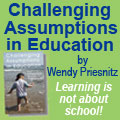 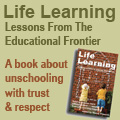 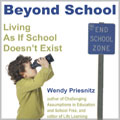
  
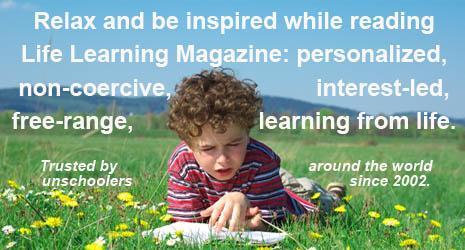
|

